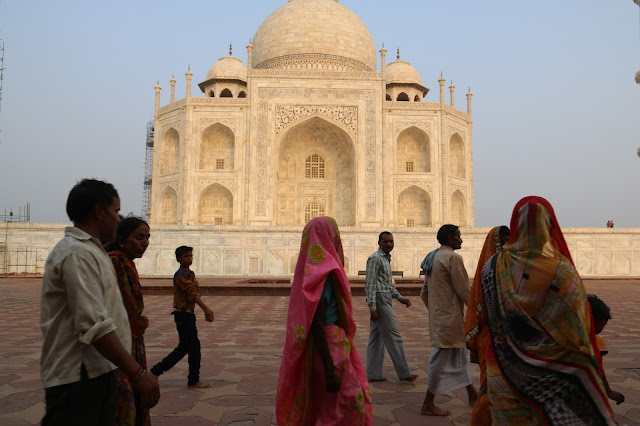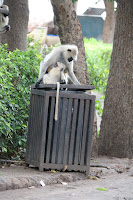 Chances are that your Facebook or Tweeter feed have been populated with videos about the crazy things Muslims plan to do to overtake the world and subject it to sharia law. Chances are, also, that you sometimes have doubted the veracity of the information, but don´t have the time or interest in snooping it. The news help feed the fear with their reports about the atrocities of Isis and the eminent risks of a terrorist attack. There are also a few voices reassuring that not every muslim hates the west, and that extremists are not good representatives of the faith, but their voices are silenced by the actions of a few. On top of that, there are still lots of myths about Islam and its beliefs. Do they want to establish sharia law wherever they go? Does the Quran mandate to kill all the infidels? Does the Quran allow men to beat women? What about polygamy? Do they really believe that everyone other than Muslims will go to hell?
Chances are that your Facebook or Tweeter feed have been populated with videos about the crazy things Muslims plan to do to overtake the world and subject it to sharia law. Chances are, also, that you sometimes have doubted the veracity of the information, but don´t have the time or interest in snooping it. The news help feed the fear with their reports about the atrocities of Isis and the eminent risks of a terrorist attack. There are also a few voices reassuring that not every muslim hates the west, and that extremists are not good representatives of the faith, but their voices are silenced by the actions of a few. On top of that, there are still lots of myths about Islam and its beliefs. Do they want to establish sharia law wherever they go? Does the Quran mandate to kill all the infidels? Does the Quran allow men to beat women? What about polygamy? Do they really believe that everyone other than Muslims will go to hell? In the last 15 years, hundreds of books about Islam have been published. A few have been written to confirm people's fears, but most attempt to offer clarity about the muslim faith. There are also the brave souls that read the Quran on their own in an attempt to sort things out. Carla Power, an American journalist living in England, is one of those looking for the truth. Her first impressions of muslim societies were formed in Egypt, Afghanistan, Iran and India, where she lived as a child; as a seasoned journalist writing about muslim societies for magazines such as Time and Newsweek, she developed a wider understanding of the culture and the religion. However, the events that lead to 9-11 and the consequences of the attacks ignited the need to read firsthand the Quran, thought to be the source of all contention.
'If The Oceans Were Ink' is the memoir she wrote after studying the holy book with a muslim scholar for a year. Muhammad Akram Nadwi, a former colleague at Cambridge, accepted her proposal to study the book that 2 billion people consider holy, and that is also blamed for violent actions against western society.
Powers and the Sheikh, her scholar friend, found in their journey the spirit and the historical context of polemic verses (suras) that excite both fear and rage.
They studied the verse of the sword (9:5) that calls for "killing the idolaters wherever you find them." While jihadists and Islamic opponents find in it the argument for armed confrontation, the Sheikh contends that it was written specifically for the people in the times of the prophet Muhammad. Where some read in it a call for imposing Islamic law, the scholar finds an exhortation for personal piety and submission.
 |
| Women wearing hijabs in Malaysia |
With a detailed and entertaining narrative, Powers included in her memoir details about the lives of the Sheikh's family and other muslims in England. She visited the professor’s hometown and madrasa in India, and even contemplated the idea of going for a pilgrimage to Mecca.
Together they explored the power of culture and tradition in establishing rules and law in different muslim countries, and openly debated traditions such as child marriage and the concept of martyrdom. The account of this unique friendship between a pious muslim and an inquisitive secular is not only entertaining, but informative and revealing about the different shades and currents of Islamic thought.
























